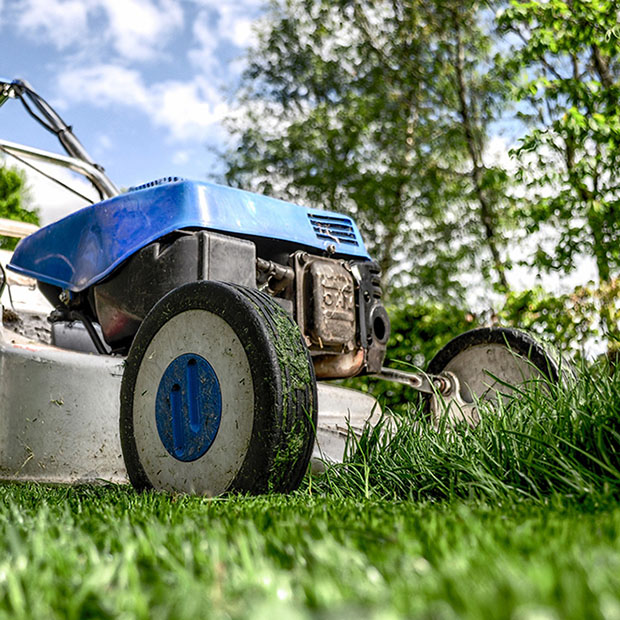We Recommend These Home Eye Safety Tips

44% of all eye injuries happen at home, but 90% of eye injuries are preventable!
We prevent them by taking simple precautionary measures such as wearing protective gear when we’re working with harmful chemicals or power tools, as well as by minimizing any unnecessary hazards we might have around our homes.
What Are the Main Eye Safety Risks in the Home?
All kinds of innocent objects can transform into serious eye hazards in the middle of an accident, from corners of furniture to simple pens and pencils. Even getting a little too close to a skillet with hot oil in it can be dangerous for our eyes. The most hazardous household items for the unwary eye, however, are toys with small parts and cleaning chemicals.
Out in the yard, gardening and work tools, along with debris flying out of a lawnmower, can be dangerous. We should be careful around fertilizers, pesticides, and herbicides when we’re keeping our lawns and gardens in their best shape. But how do we protect our eyes from all of these household items?
Maximizing Your Home Eye Safety
Here’s an easy checklist to follow to minimize your risk of getting an eye injury at your own home:
- Invest in protective eyewear. Whenever you’re working with chemicals or airborne particles like wood chips, shavings, or sawdust that could spray towards the eyes, safety goggles or glasses could be the difference between permanent vision loss and a normal day of chores or DIY projects.
- Tidy up trip hazards. Clean up loose items on the floor, secure any rugs, and make sure there are lights and sturdy railings anywhere there are steps or stairs.
- Do a pre-mowing cleanup. Anything lying out on the lawn can become a dangerous projectile when it meets the mower or weed-eater, so pick it all up first!
- Read the warning labels. Anytime you use cleaning chemicals, read the labels first to make sure you’re using them correctly. Make sure you’re not combining any that could be dangerous together (such as bleach and ammonia) and always wash your hands after using them. Store cleaners where kids and pets can’t reach.
- Avoid touching your eyes. This applies at all times but particularly while using harsh chemicals.
Arm Your Household With Emergency Plans
Another critical part of risk mitigation is planning ahead so that you know what to do if an accident or emergency does happen. The most common types of eye injuries are when a foreign object or substance gets in the eye or when a foreign body penetrates the eye. If the latter happens, get to the emergency room immediately and don’t try to touch the eye or remove the object. Cover it with something rigid to protect it on the way to the emergency room.
If a foreign object gets into someone’s eye, a hospital trip can still be very helpful, and avoid touching the eye in case it’s worse than it looks. Sometimes foreign objects can be flushed out with water, and the same goes for chemicals. If something splashes into the eyes, flush them with water for 20 minutes to get as much of it out as possible and minimize the harmful effects. (It’s still a good idea to go to the hospital just to be safe.)
Come to Us if You Have Eye Safety Questions
If you’d like to share your own eye injury emergency plan with us to see if it passes muster or if you’d like some advice on developing your plan, we’re happy to help. Safety measures like these are especially important in households with young children or someone with limited mobility.